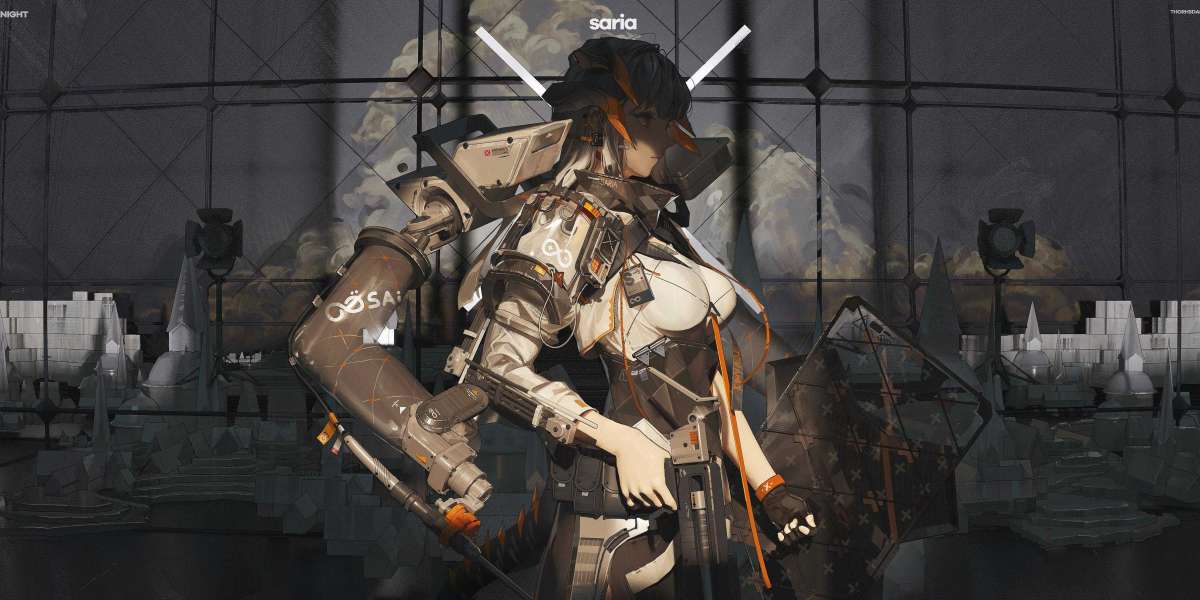Introduction to Universal Body Components
As we examine it more closely, it becomes apparent that there is much more to it than meets the eye universal body component study.In the intricate tapestry of human anatomy, universal body components play a pivotal role. These fundamental elements are not only essential for our survival but also fascinating in their complexity and functionality. By delving into the world of universal body components, we can gain a deeper appreciation for the biological marvels that sustain us.
The Building Blocks of Life: Cells
At the core of our existence are cells, the basic units of life. These microscopic powerhouses are responsible for carrying out the myriad functions necessary for our survival. From muscle cells that enable movement to nerve cells that transmit signals, each type of cell has a unique role. For instance, red blood cells transport oxygen throughout the body, while white blood cells are crucial for our immune response.
Exploring the Fascinating World of Universal Body Components: Tissues
Cells group together to form tissues, which are the next level of organization in the body. There are four primary types of tissues: epithelial, connective, muscle, and nervous tissues. Epithelial tissues cover body surfaces and line cavities, providing protection and facilitating absorption. Connective tissues, such as bone and blood, support and bind other tissues. Muscle tissues are responsible for movement, and nervous tissues transmit electrical impulses, coordinating bodily functions.
Organs: The Functional Units
When different types of tissues combine, they form organs, each with a specific function. The heart, for example, is an organ composed of muscle tissue, connective tissue, and nervous tissue, all working together to pump blood. The liver, another vital organ, performs a multitude of tasks, including detoxification, protein synthesis, and the production of biochemicals necessary for digestion.
Systems: The Symphony of Life
Organs do not operate in isolation; they are part of larger systems that work in harmony to maintain homeostasis. The circulatory system, for instance, includes the heart, blood, and blood vessels, all collaborating to transport nutrients and oxygen. The digestive system, comprising the stomach, intestines, and other organs, breaks down food and absorbs nutrients. Each system is a testament to the intricate design and interdependence of universal body components.
Conclusion: The Marvel of Human Anatomy
Exploring the fascinating world of universal body components reveals the incredible complexity and efficiency of the human body. From the microscopic level of cells to the macroscopic level of systems, each component plays a crucial role in our survival and well-being. By understanding these elements, we not only gain insight into our own biology but also develop a profound respect for the intricate mechanisms that sustain life.








